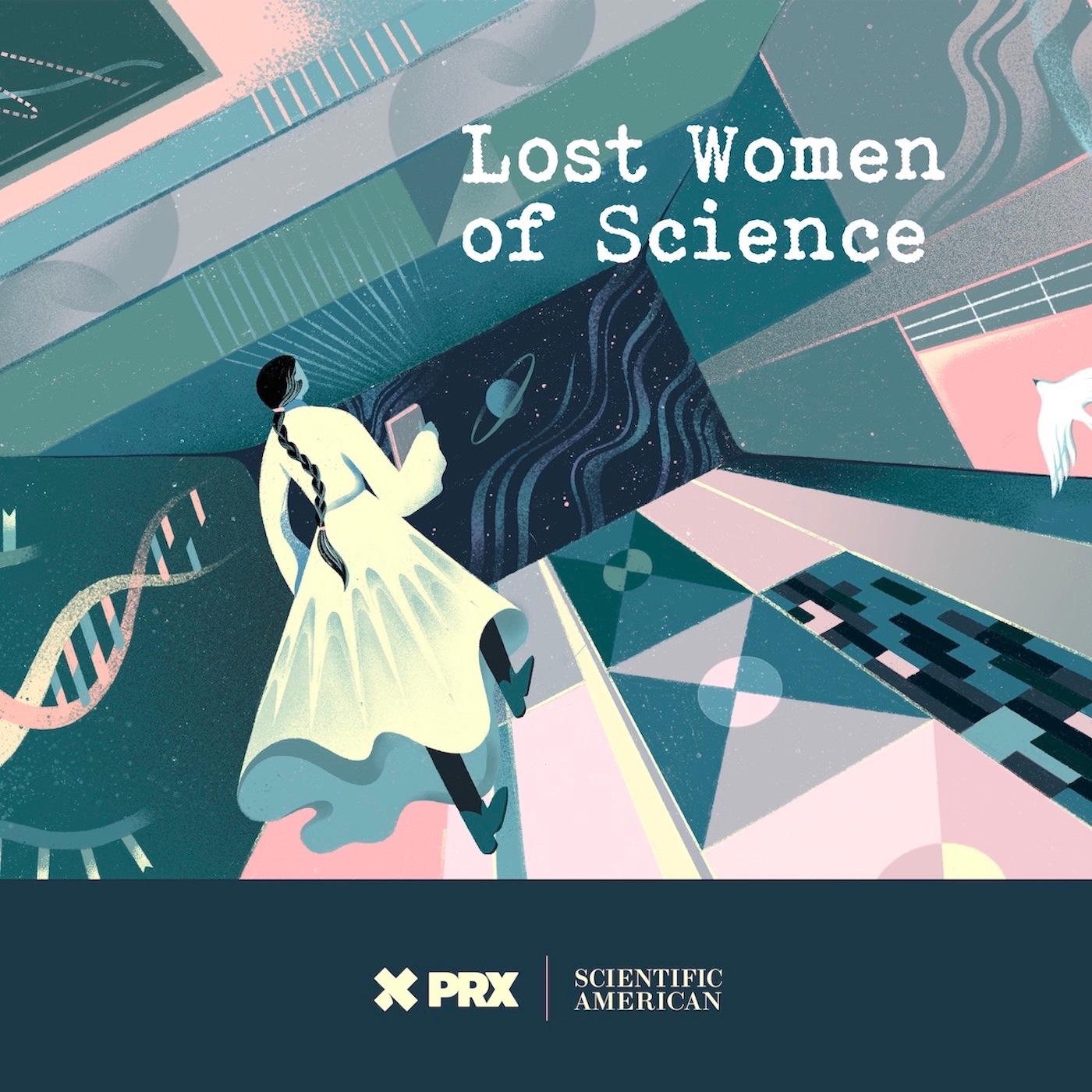
Lost Women of Science
Lost Women of ScienceFor every Marie Curie or Rosalind Franklin whose story has been told, hundreds of female scientists remain unknown to the public at large. In this series, we illuminate the lives and work of a diverse array of groundbreaking scientists who, because of time, place and gender, have gone largely unrecognized. Each season we focus on a different scientist, putting her narrative into context, explaining not just the science but also the social and historical conditions in which she lived and worked. We also bring these stories to the present, painting a full picture of how her work endures.
For every Marie Curie or Rosalind Franklin whose story has been told, hundreds of female scientists remain unknown to the public at large. In this series, we illuminate the lives and work of a diverse array of groundbreaking scientists who, because of time, place and gender, have gone largely unrecognized. Each season we focus on a different scientist, putting her narrative into context, explaining not just the science but also the social and historical conditions in which she lived and worked. We also bring these stories to the present, painting a full picture of how her work endures.

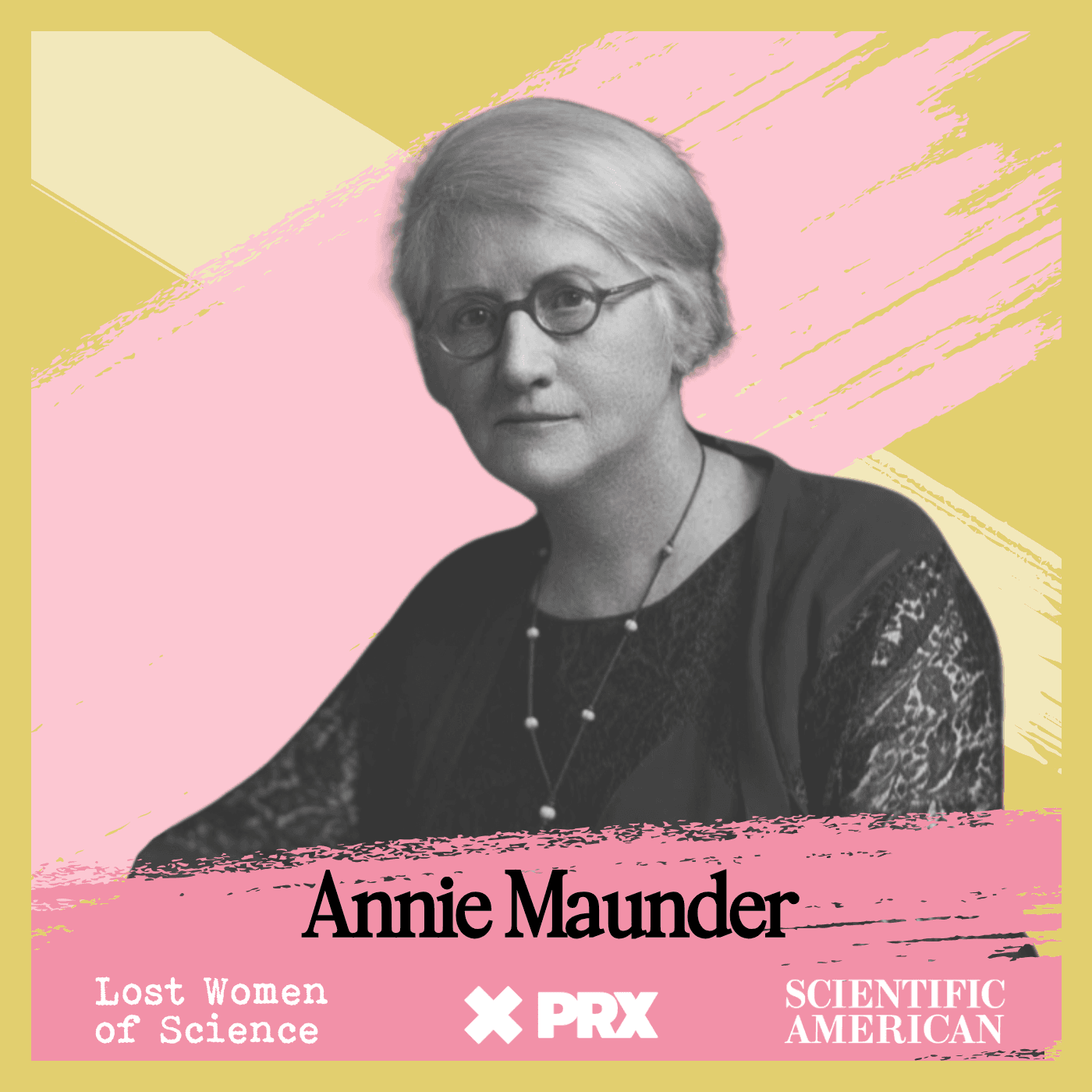









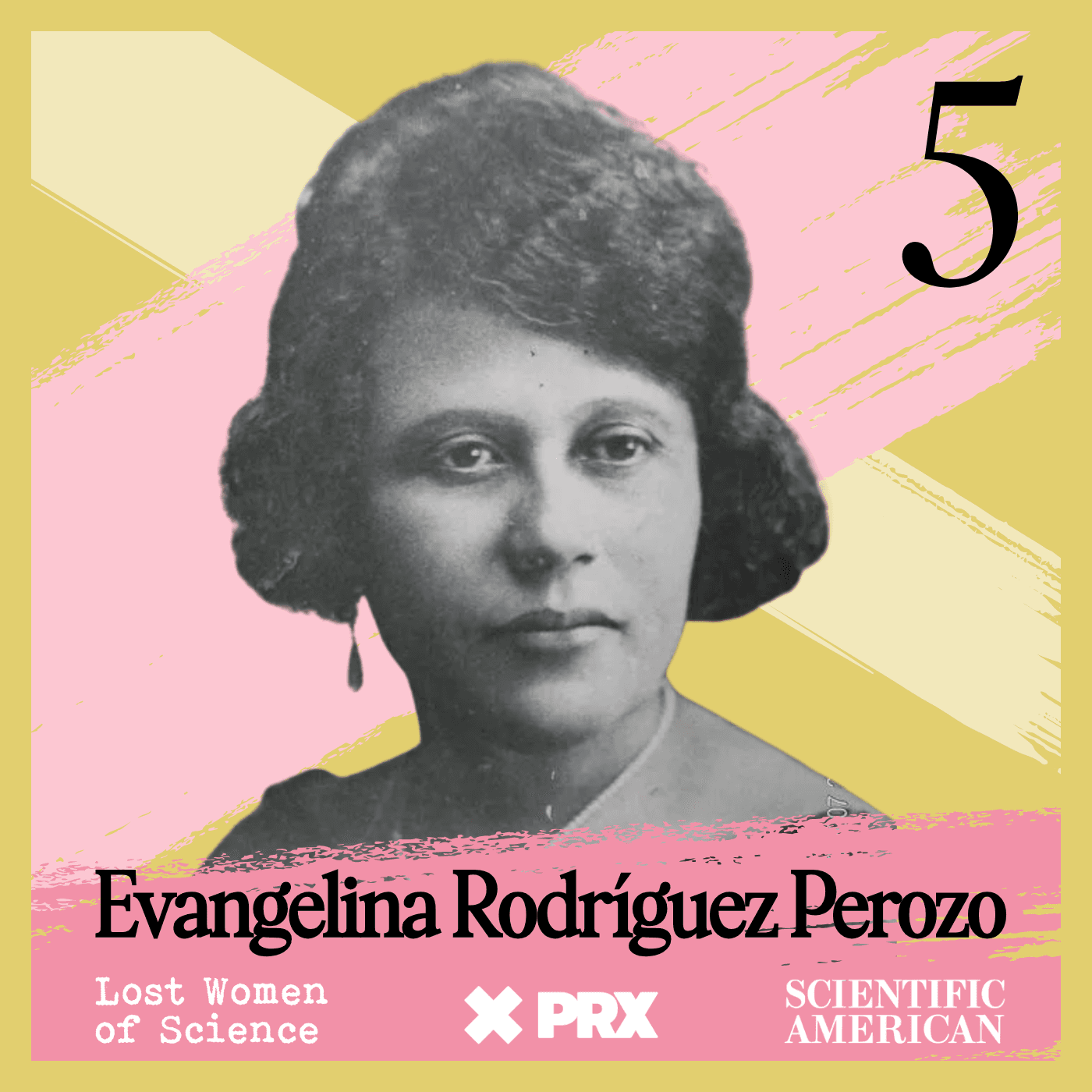













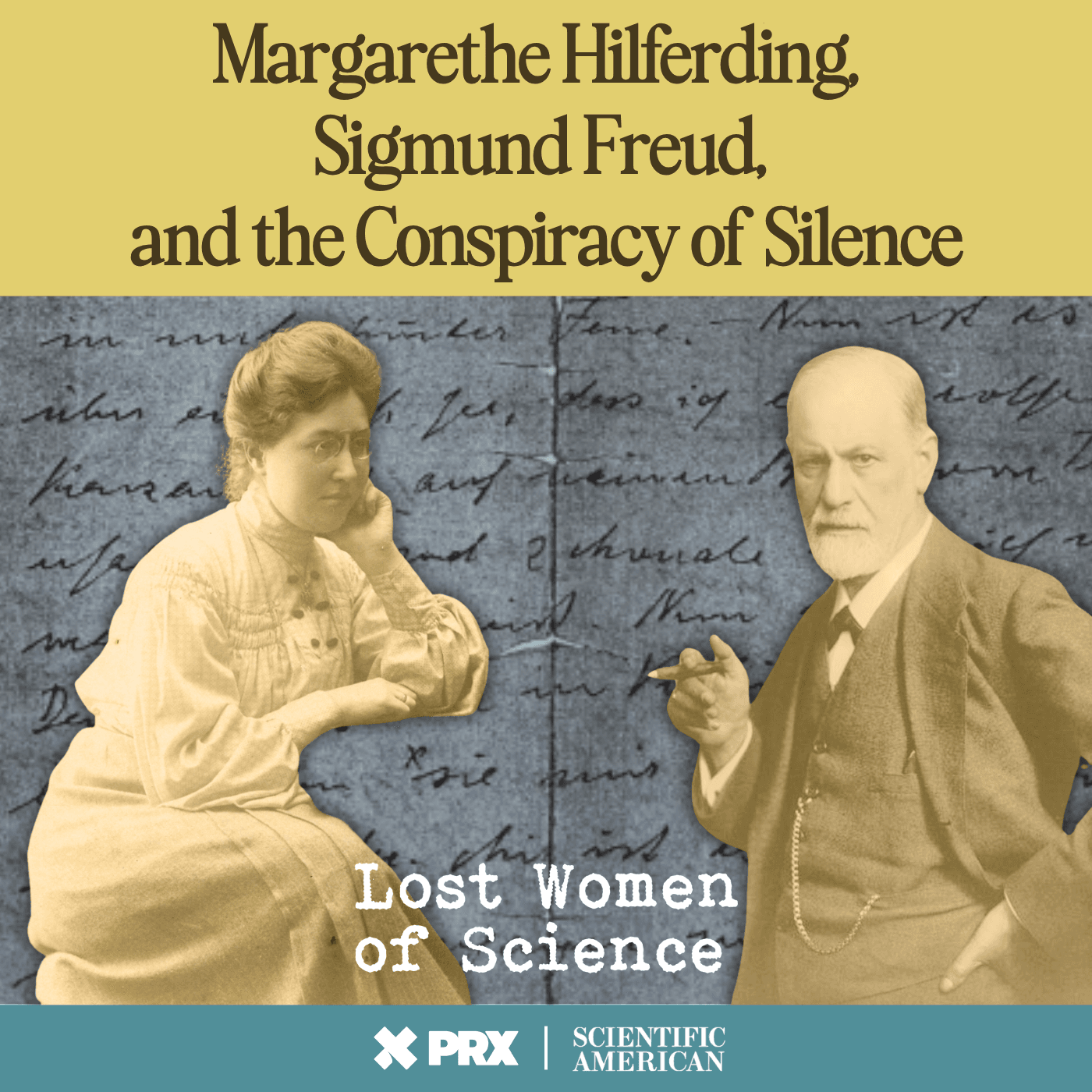





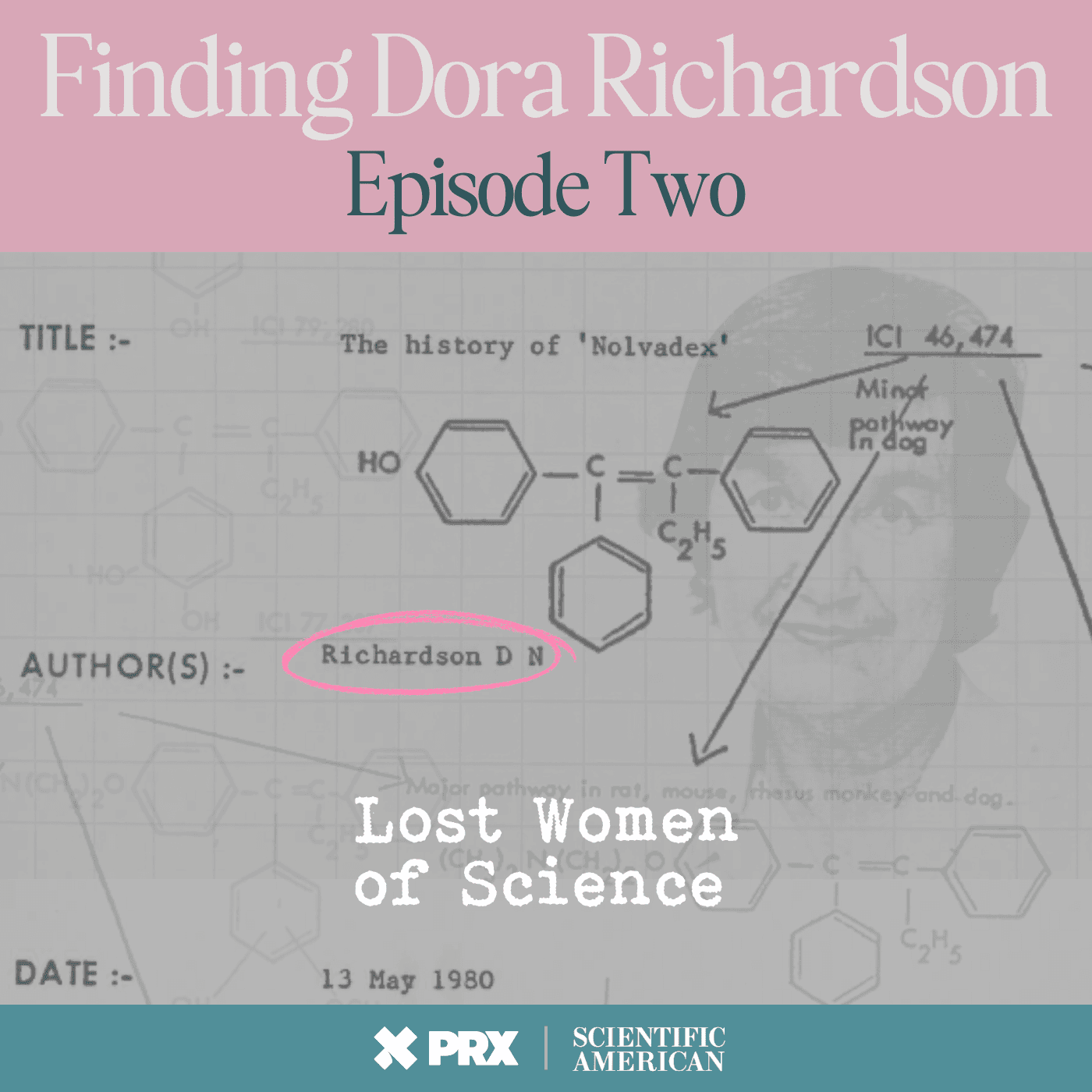
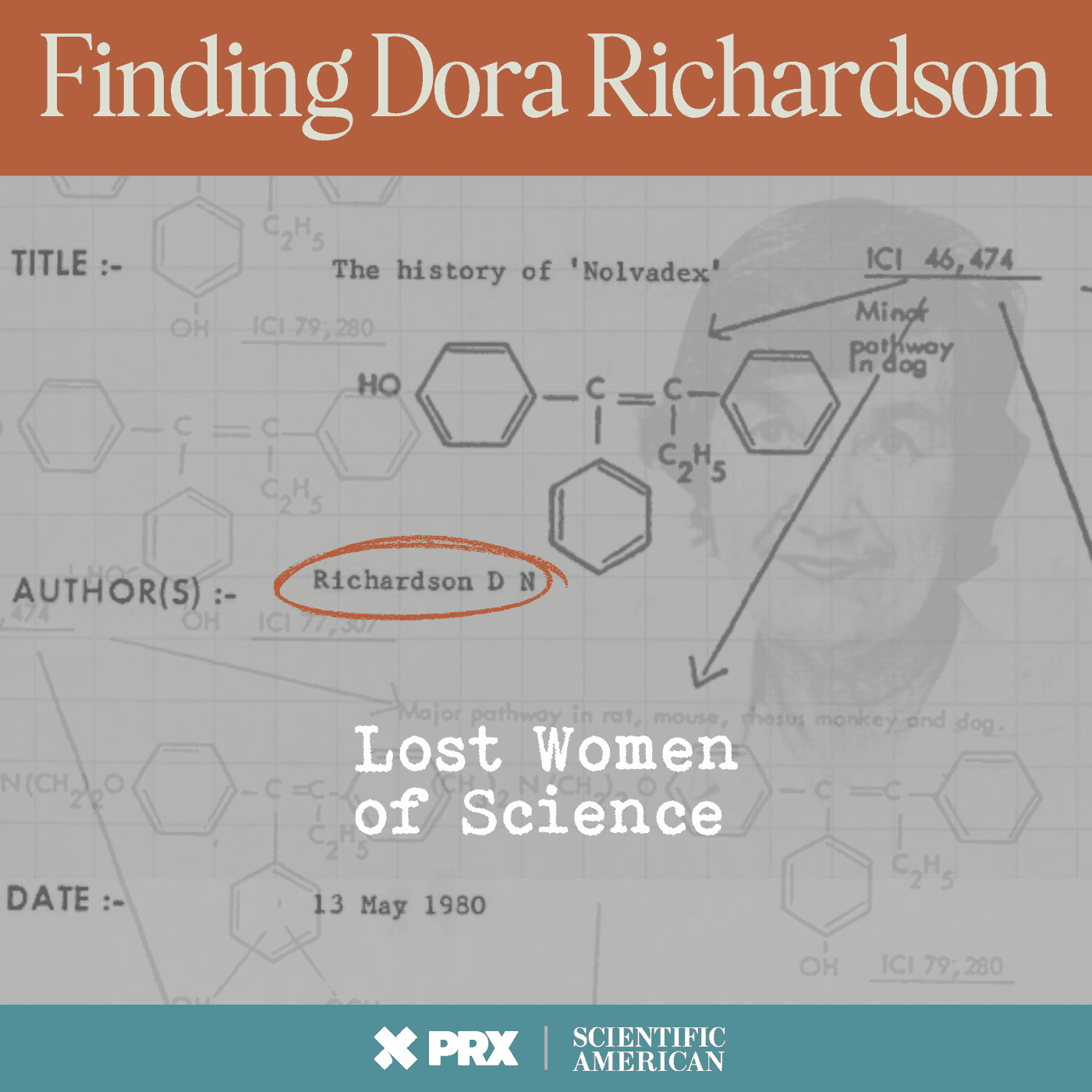




















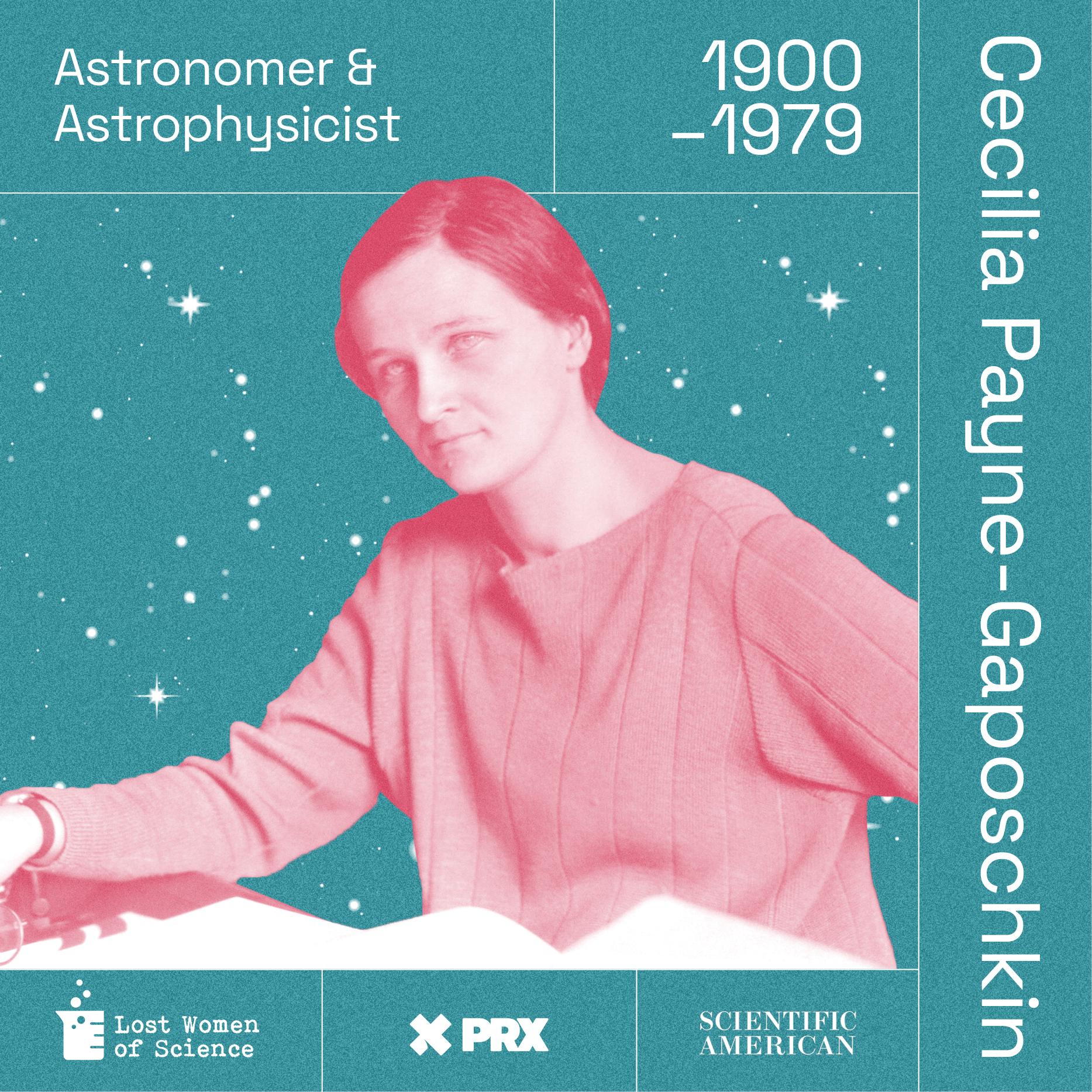
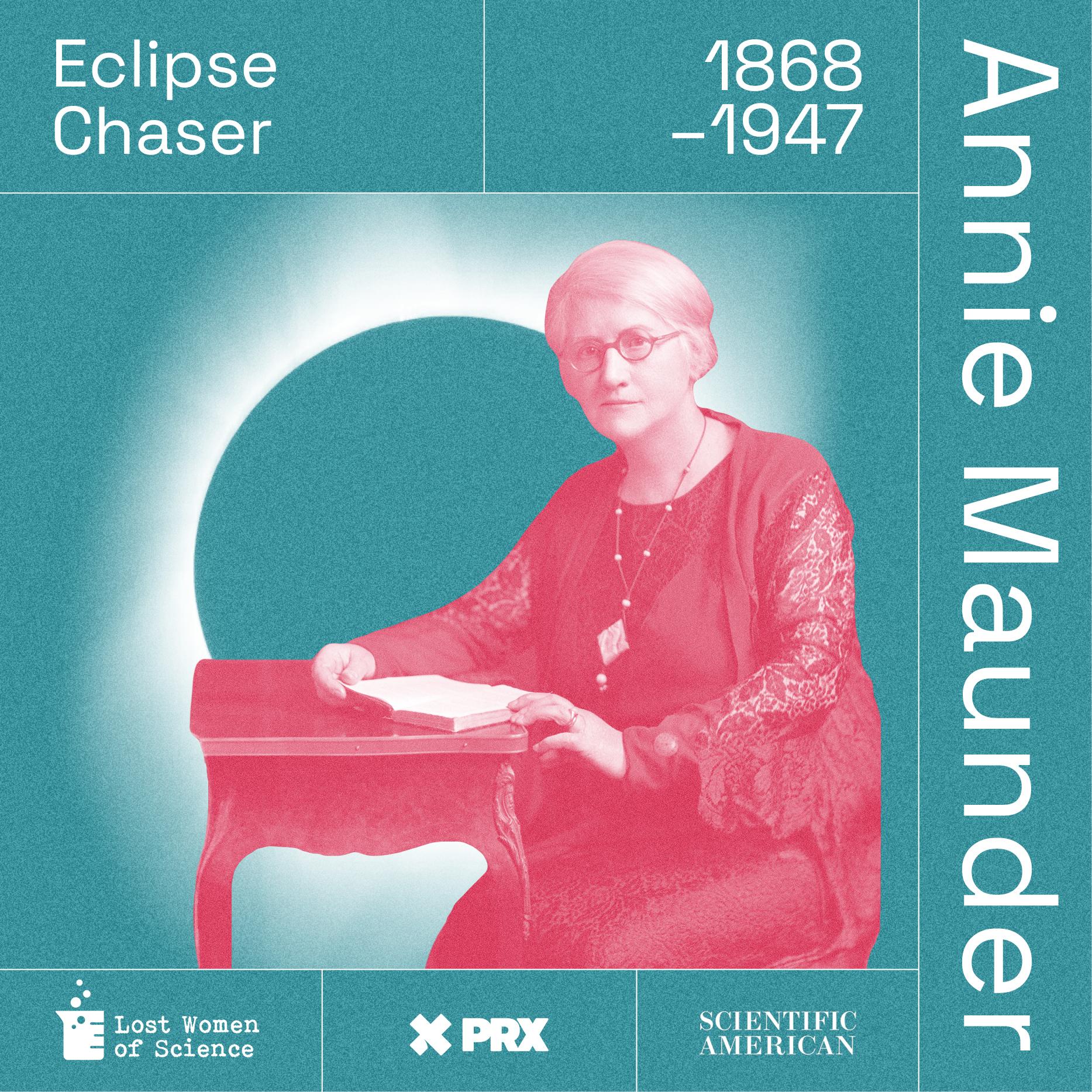
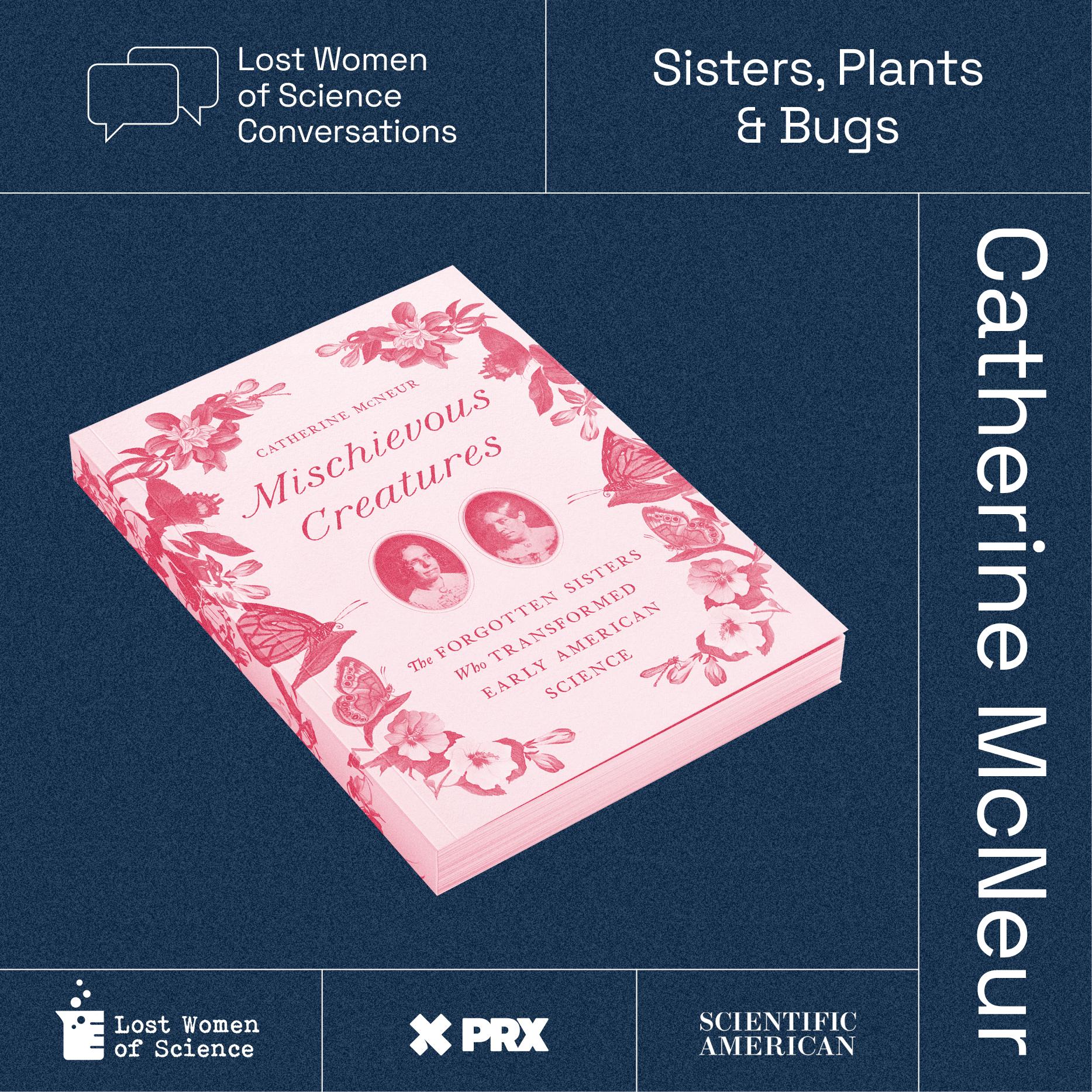

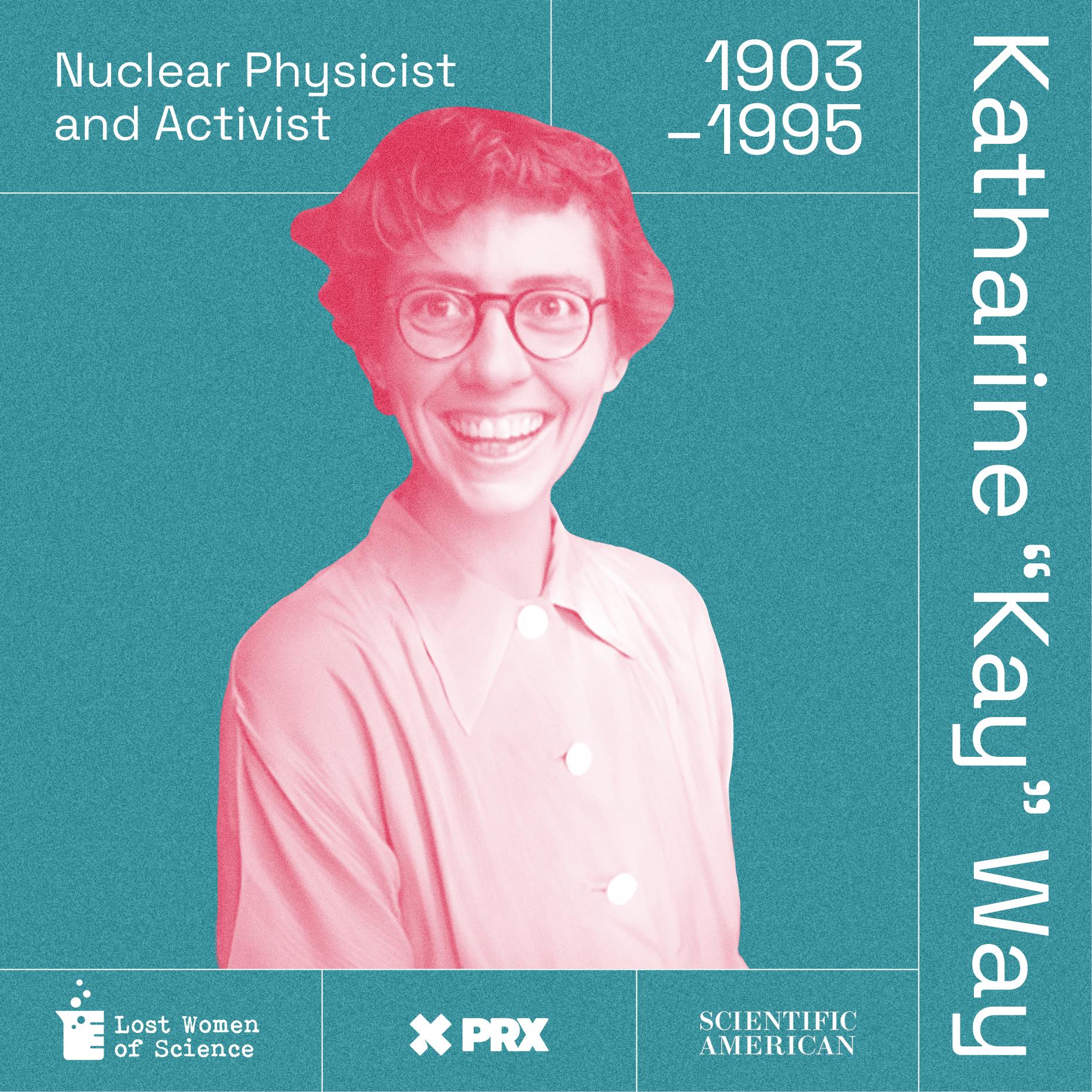




















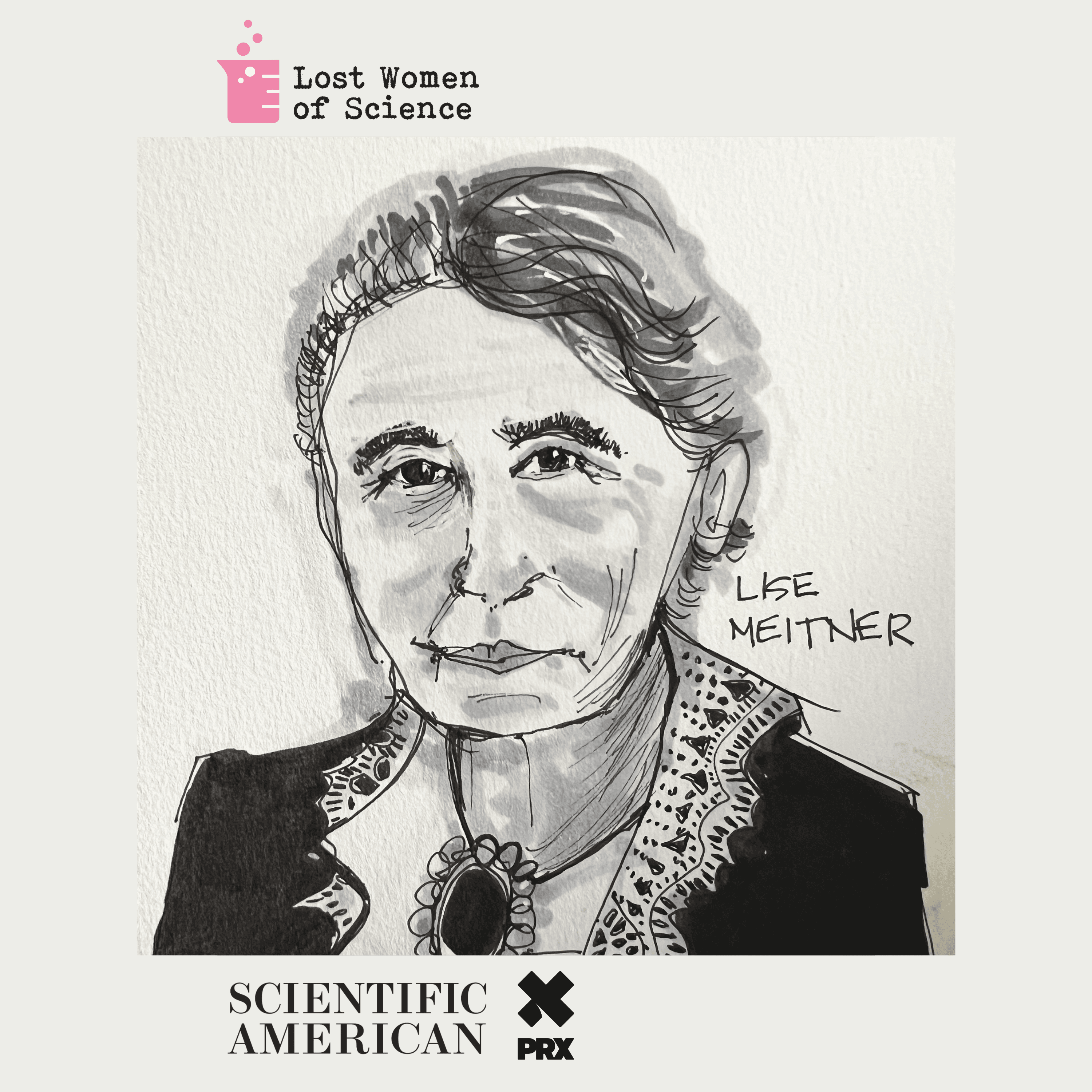









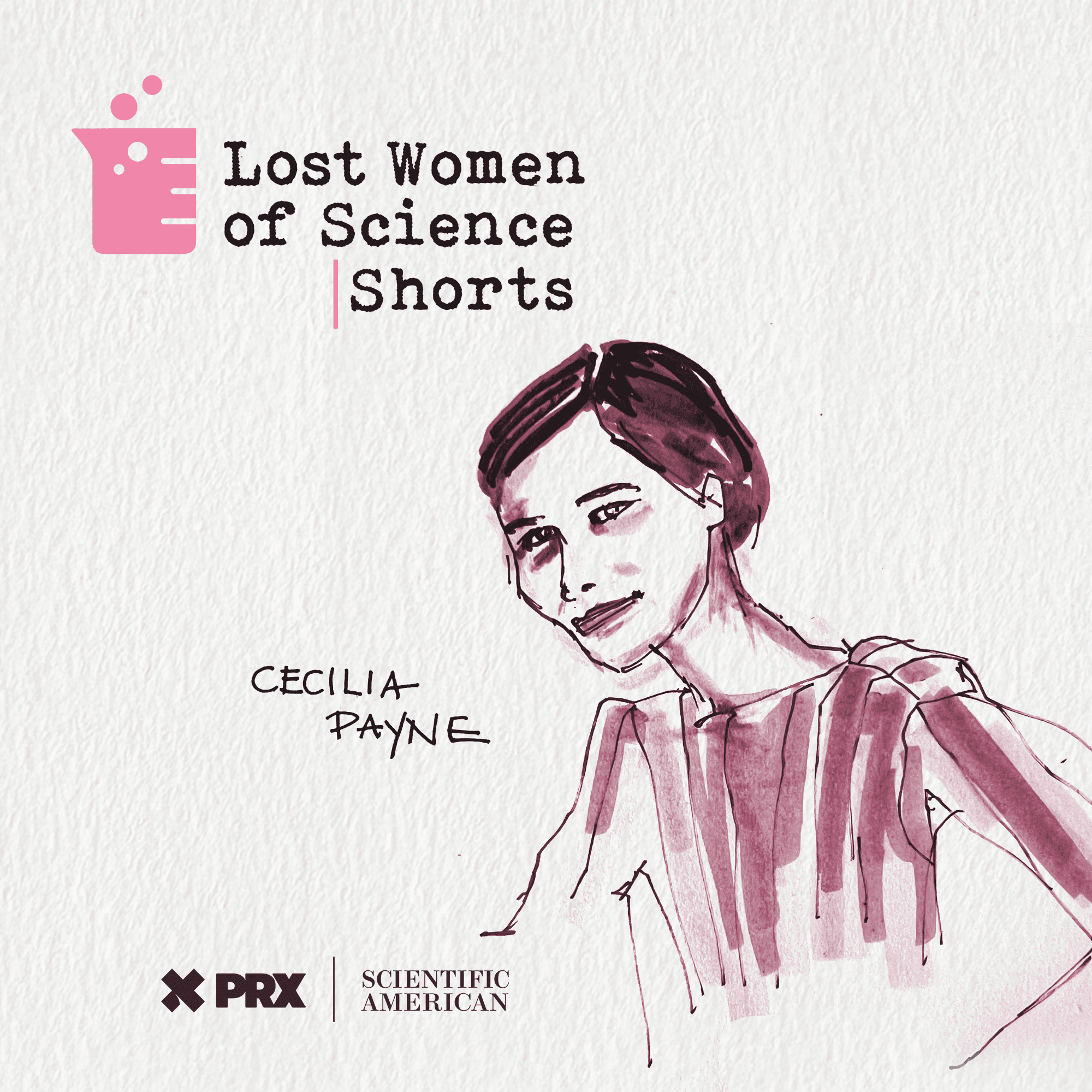


























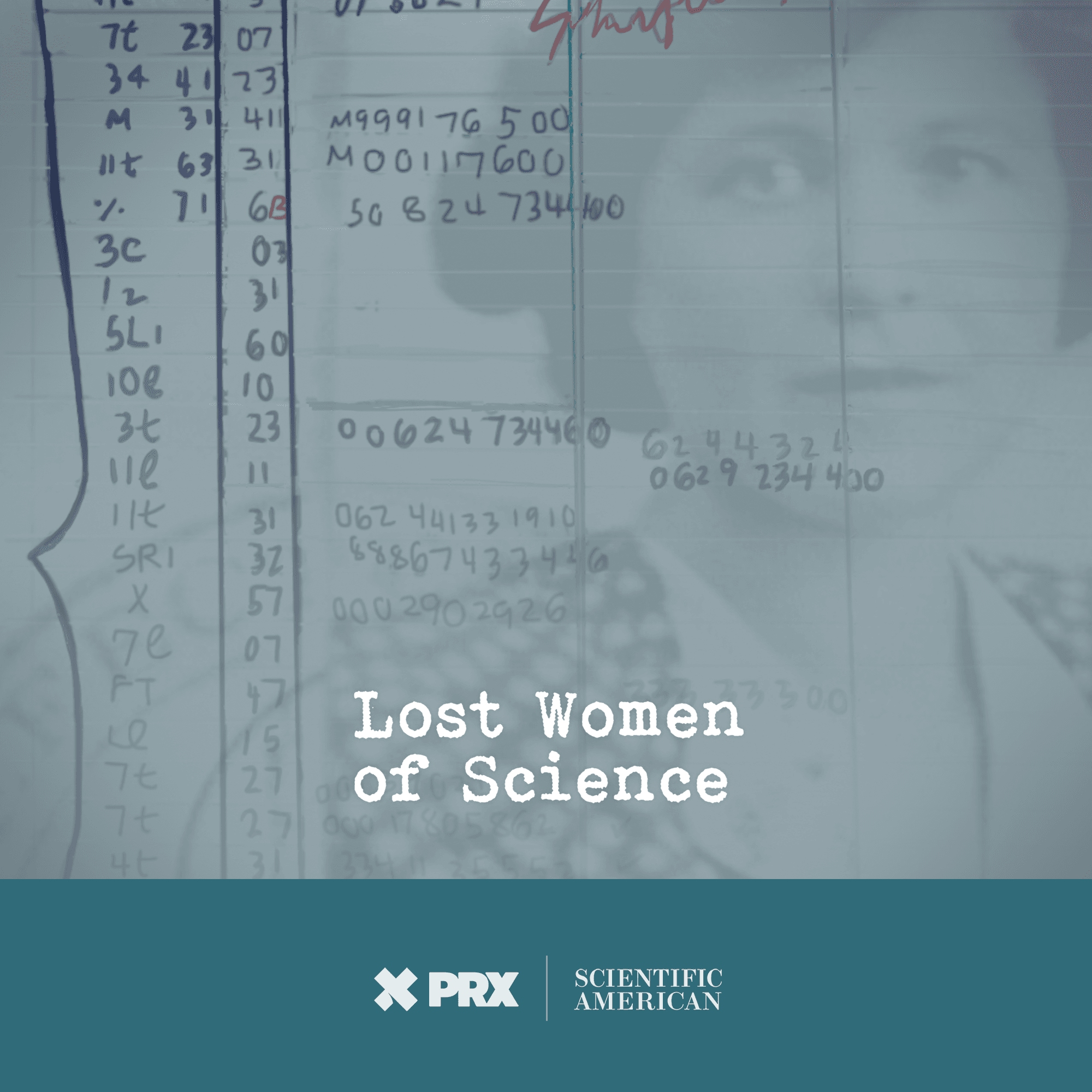
From Our Inbox: Mária Telkes, The Biophysicist Who Harnessed Solar Power

Today we tell the story of Mária Telkes, one of the developers of solar thermal storage systems, who was so dedicated to the world of solar energy that while she was working at MIT, she earned the nickname: The Sun Queen. Over her lifetime, she registered more than 20 patents, nearly all related to harnessing the power of the sun. Her inventions included an oven, a desalination device, and one of the first solar-heated houses in 1948: the Dover Sun House. We heard about Mária Telkes from Erin Twamley, a children's book author who shares the stories, careers, and the superpowers of everyday women. She said she would love Dr. Mária Telkes to be in every fifth grade classroom to inspire young people.
Learn about your ad choices: dovetail.prx.org/ad-choices